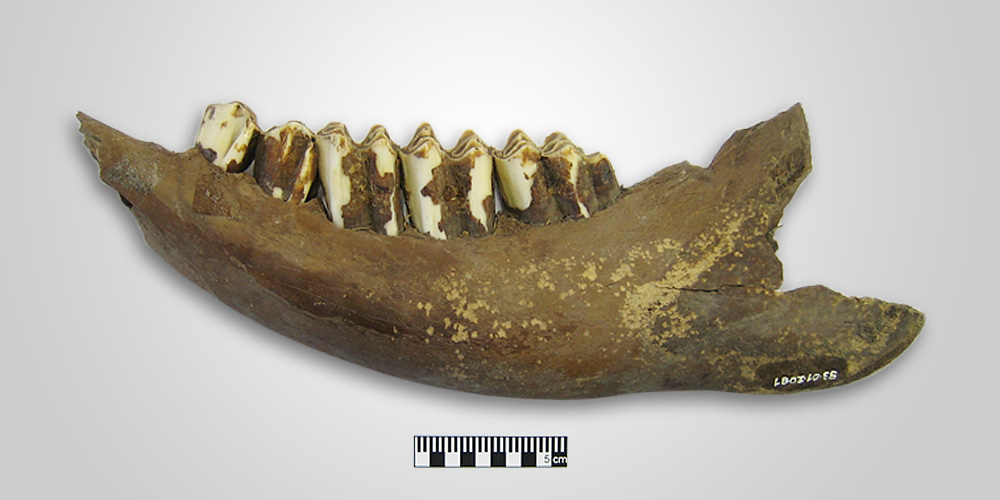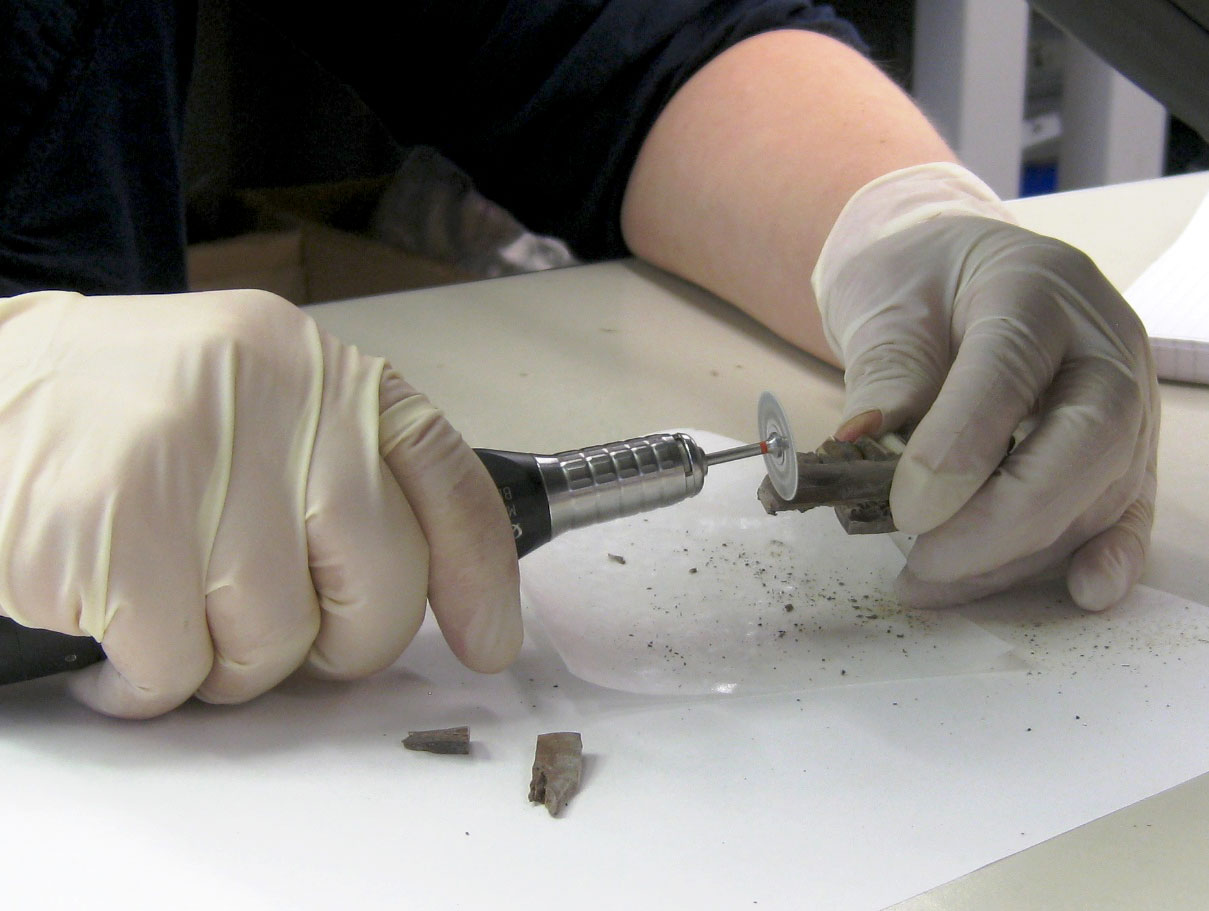Neolithic Farmers Practiced Specialized Methods of Cattle Farming
Swiss farmers practiced various different methods of animal farming as early as 5,400 years ago, as demonstrated by a study by researchers from the University of Basel, as well as research institutions from Germany and the UK. The study focused on the settlement Arbon Bleiche 3 on the south bank of Lake Constance. The academic journal Plos One has published the results.
26 July 2017
The Arbon Bleiche 3 village on the south bank of Lake Constance is considered to be one of the most significant Neolithic sites in Switzerland. Its location has meant that organic materials such as timber from the houses have been preserved. Dendrochronological methods could be used to identify the exact age of the wood down to the year. This revealed that the village was occupied for a period of just 15 years during the 34th century B.C.
An international research team headed by Prof. Jörg Schibler from the University of Basel used isotope analysis to reconstruct the economic system used by the inhabitants of Lake Constance 5,400 years ago. The researchers are trying to understand the ancient community’s social structure by analyzing how they kept livestock and used land. These processes can offer valuable insights into the nutrition, mobility and social structures of Neolithic village society.
Teeth tell tales of the past
The researchers conducted strontium and carbon isotope analysis on the teeth and bones of 25 cattle. The results indicated that farming methods almost 5,400 years ago were already highly diverse. Neolithic farmers implemented three different parallel strategies for farming cattle. Part of the herd was kept close to the settlement all year, while other livestock grazed some distance away throughout the year. A third part of the cattle herd was mainly kept near the settlement but also taken to more distant pastures for a few months.
The comparative analysis of enamel and vegetation samples suggests that some of the cattle were taken to higher-altitude regions during the warmer seasons. This can be seen as the beginning of Alpine pastoral farming.
Social differentiation within the village community
The study shows that different parts of the cattle herds followed different mobility patterns. Among the 27 houses and their farmers, there were different groups specialized in different kinds of cattle farming.
“It’s possible that there were different access rights to pastures as early as during the Neolithic period,” say Claudia Gerling and Jörg Schibler. “To relieve the increasing pressure on the local environment, people took their animals to more distant pasture grounds.”
Original source
Claudia Gerling, Thomas Doppler, Volker Heyd, Corina Knipper, Thomas Kuhn, Moritz F. Lehmann, Alistair W.G. Pike, Jörg Schibler
High-resolution isotopic evidence of specialised cattle herding in the European Neolithic
Plos One (2017), doi: 10.1371/journal.pone.0180164
Further information
- Prof. Dr. Jörg Schibler, University of Basel, Department of Environmental Sciences, Integrative Prehistory and Archaeological Science, Tel. +41 61 207 42 12, E-Mail: joerg.schibler@unibas.ch
- Dr. Claudia Gerling, University of Basel, Department of Environmental Sciences, Integrative Prehistory and Archaeological Science, Tel. +41 61 207 42 37, E-Mail: claudia.gerling@unibas.ch




